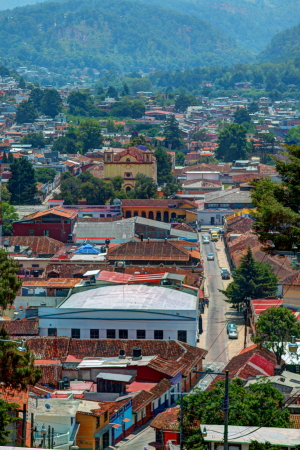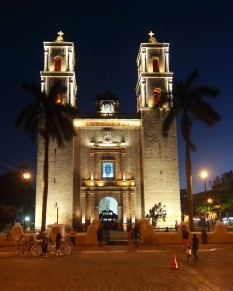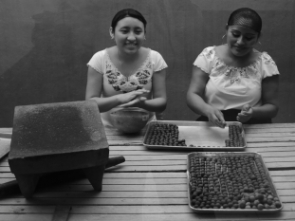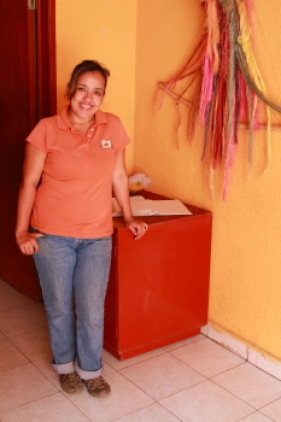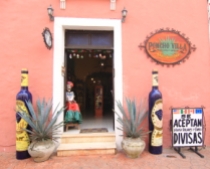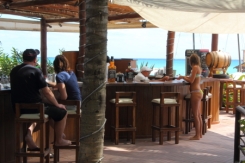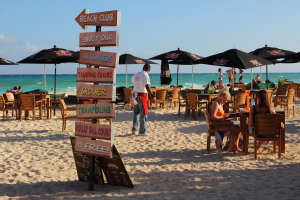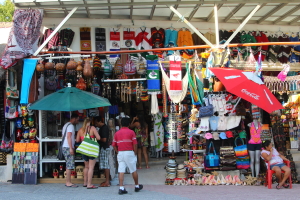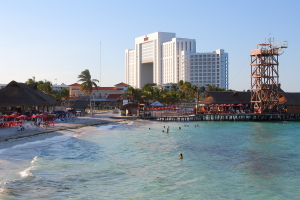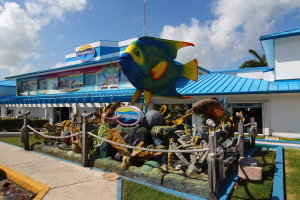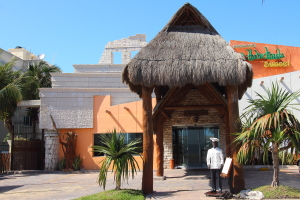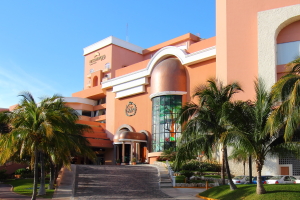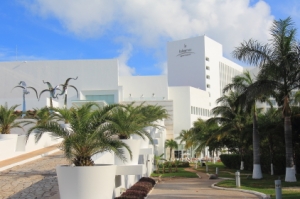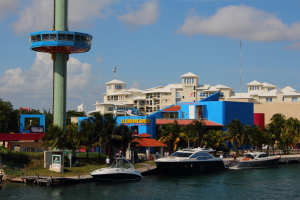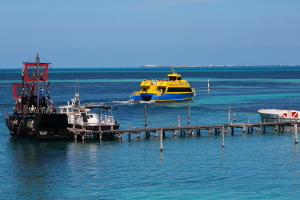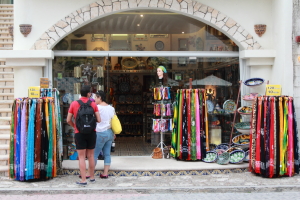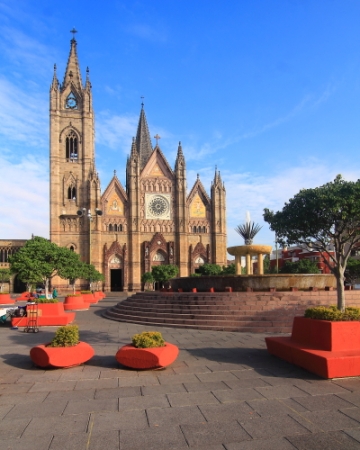
The Templo Expiatorio
Guadalajara is Mexico’s second largest city and the cultural center of Western Mexico. Its status as a city was granted by the Spanish King Charles the sixth in 1550 along with a coat of arms that the city has today. The Central Historic district is the oldest section of the city where it was founded and where the oldest buildings are located. They include a combination of religious and civil colonial buildings which are noted for their architectural and historic significance. While the colonial buildings are the most common style of architecture found in the historic district, one can also find examples of Gothic, Baroque, Neo-Classical, Viceregal and Art Deco designs. One of the buildings, the Instituto de Cultural Cabana, is a world heritage site.
From an architectural standpoint, the Templo Expiatory is perhaps the most interesting building in the historic district and its neoclassical style was designed by Manuel Tolsa. Although the cornerstone was laid in 1897, the church is made of stone, carved as it was done in the middle ages.The three tympana on the church’s facade are accented with Italian mosaic’s created in the Vaticans mosaic factory. Also seen on the facade is a church clock imported from Germany and installed by German technicians along with a carillon of 25 bells which play 25 religious pieces such as Ave Maria. Whenever a musical piece is played, minature statutes of the 12 apostle’s rotate in and out of the campanile. Of course a church would not be the same without stained glass and this one has huge stained glass windows created by Jacques and Gerard Degussecau of France. In addition to the musuems and galleries in the historic area, the sites shown in this gallery are the most popular attractions for cultural tourism in Guadalajara.























